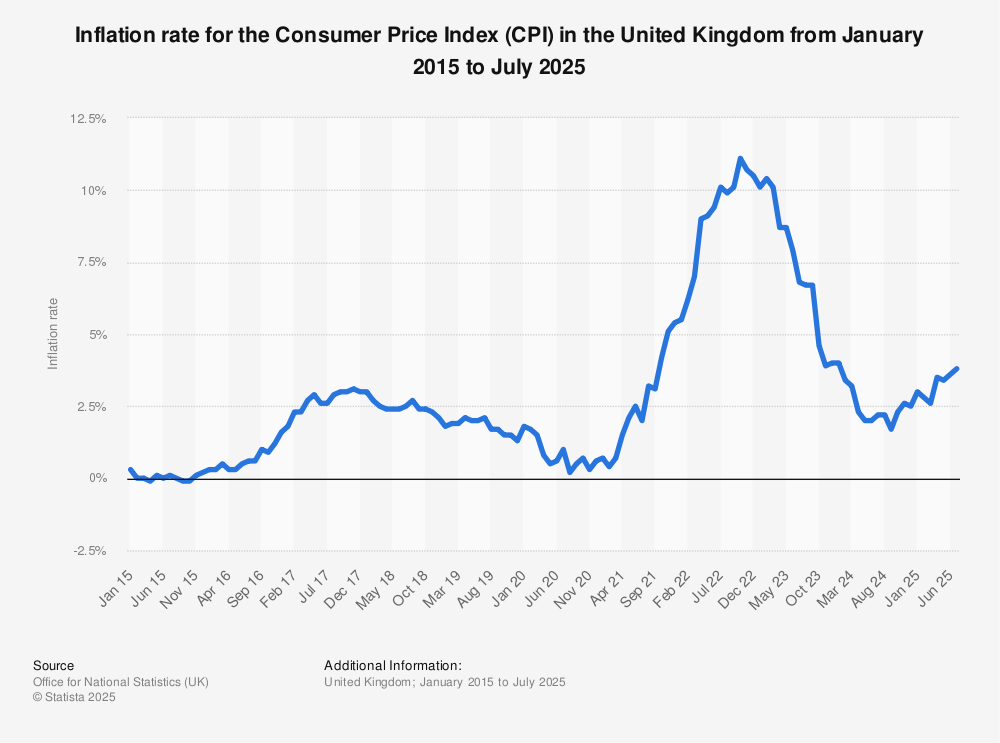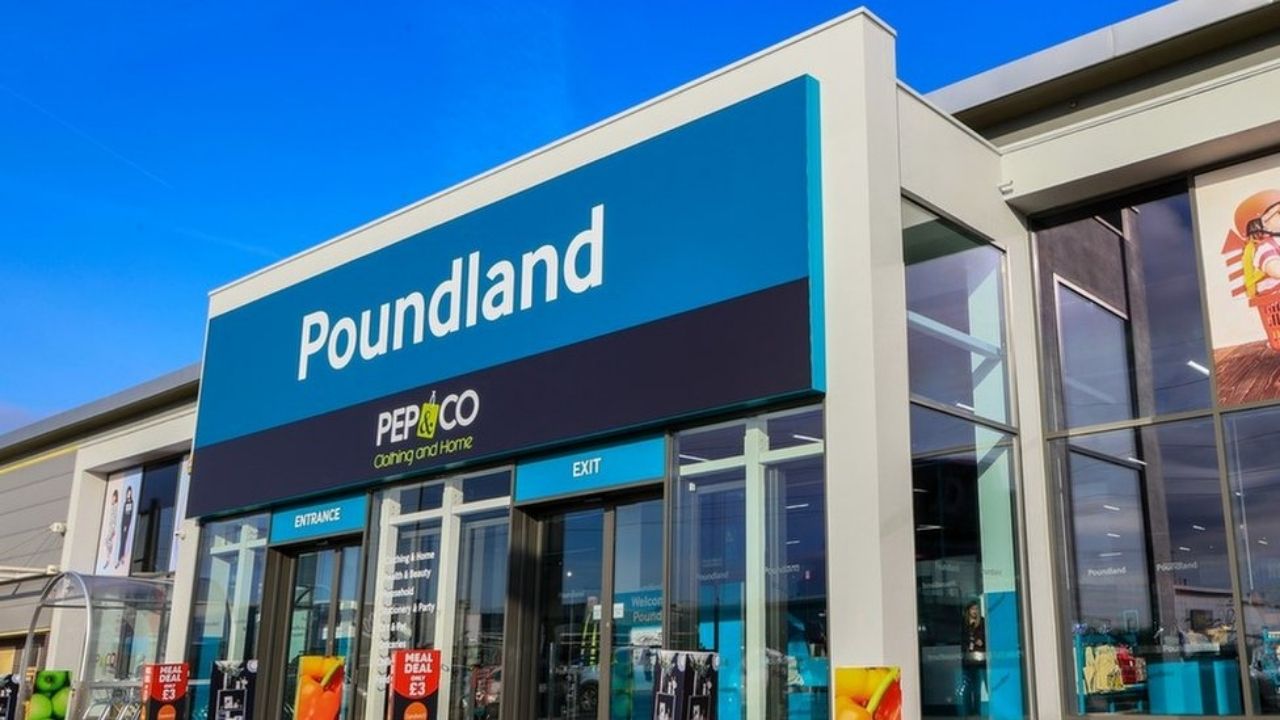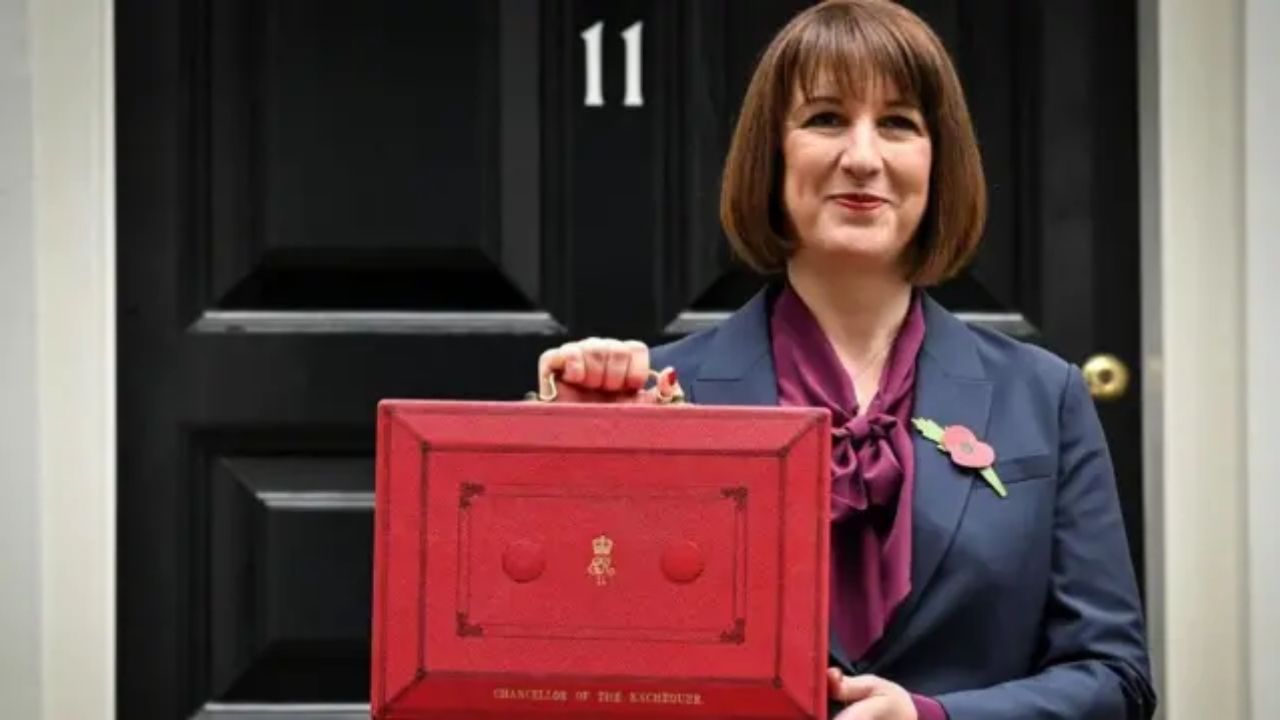LONDON – Poundland has completed a fundamental overhaul of its business model, rolling out a new multi-price strategy across all of its more than 850 UK stores. The move officially ends the discount retailer’s long-standing identity as a single-price £1 shop, a significant pivot driven by rising inflation and a desire to broaden its product range. This new Poundland pricing policy means customers will now find items priced from 50p to over £5.

Poundland Pricing Policy to Hit All UK Outlets
| Key Fact | Detail/Statistic |
| Policy Change | All 850+ UK stores now operate a multi-price model, abandoning the single £1 anchor price. Poundland Official Statement |
| New Price Range | Products are now available at multiple price points, typically from 50p to £5, with some items higher. BBC News Report |
| Primary Drivers | To combat sustained inflation, rising supply chain costs, and fierce competition from other discount retailers. |
| Product Expansion | The change facilitates the rollout of a wider grocery range, including chilled and frozen foods. |
A Strategic Shift Away from the £1 Anchor
The transition marks the final step in a multi-year journey for the retailer. While Poundland built its brand on the simple promise of everything for a pound, it began experimenting with multiple price points in 2017. The company has stated that this full-scale rollout is a necessary evolution to ensure it can continue to provide value to customers.
According to a statement from Poundland’s parent company, Pepco Group, the flexibility of a multi-price model allows the chain to manage economic headwinds more effectively. The fixed-price model became increasingly difficult to sustain as the cost of goods, manufacturing, and shipping surged globally. This change allows the company to absorb some costs without having to delist popular products that could no longer be profitably sold for £1.
Economic Pressures Driving the New Poundland Pricing Policy
The decision to abandon its iconic price point was not made in a vacuum. It reflects significant economic challenges facing the entire UK retail sector, particularly the pressure on margins during a prolonged cost of living crisis.

Inflation and Supply Chain Costs
Sustained high inflation in the UK has dramatically increased operating costs for retailers. “A single-price-point model is exceptionally vulnerable to inflation,” said Natalie Berg, a retail analyst at NBK Retail. “When your entire brand is built on one price, you have no room to manoeuvre as your own costs go up. This move is less of a choice and more of a necessity for survival.”
This strategic shift addresses the inflexibility of the £1 price, which was squeezing the company’s ability to source products and maintain quality. The new multi-price strategy gives Poundland the agility to adjust prices in line with fluctuating costs.
Competition and Product Expansion
The UK’s discount sector is highly competitive, with rivals like B&M, Home Bargains, and Aldi employing a multi-price model from the outset. These competitors have been able to offer a wider variety of goods, including larger items and grocery products, which has put increasing pressure on Poundland.

The new pricing structure is also critical to the success of Poundland’s own expansion plans. The retailer has been aggressively rolling out chilled and frozen food sections to hundreds of stores. A spokesperson for Poundland confirmed that offering a wider grocery selection, which includes items that cannot be sourced for £1, is a core part of its future strategy to become a more comprehensive shopping destination.
Expert and Consumer Reaction
Retail experts have largely viewed the move as a pragmatic and inevitable step. “While the ‘Poundland’ name loses its literal meaning, the brand’s association with value is what it needs to protect,” commented Neil Saunders, Managing Director of GlobalData Retail, in a note to investors. “The challenge will be communicating this new version of value to its loyal customer base, who were drawn in by the original, simple promise.”
Consumer reaction has been mixed, according to preliminary social media analysis. While some shoppers have expressed disappointment at the end of the £1 era, others have welcomed the wider range of available products. The shift comes as household budgets remain under severe strain, and shoppers are acutely sensitive to any perception of rising prices, even within a discount retailer.
UK Government Confirms £1,634 Annual Cost of Living Support for Households
Why UK Shoppers Are Surrounded by Food-Scented Fragrances
Six Million UK Households to Receive Cost-of-Living Payments Starting October
The long-term success of this new Poundland pricing policy will depend on whether customers believe the brand still offers compelling value for money. As the company navigates this new chapter, it faces the dual challenge of adapting to modern economic realities while retaining the trust of the shoppers who built its success.





